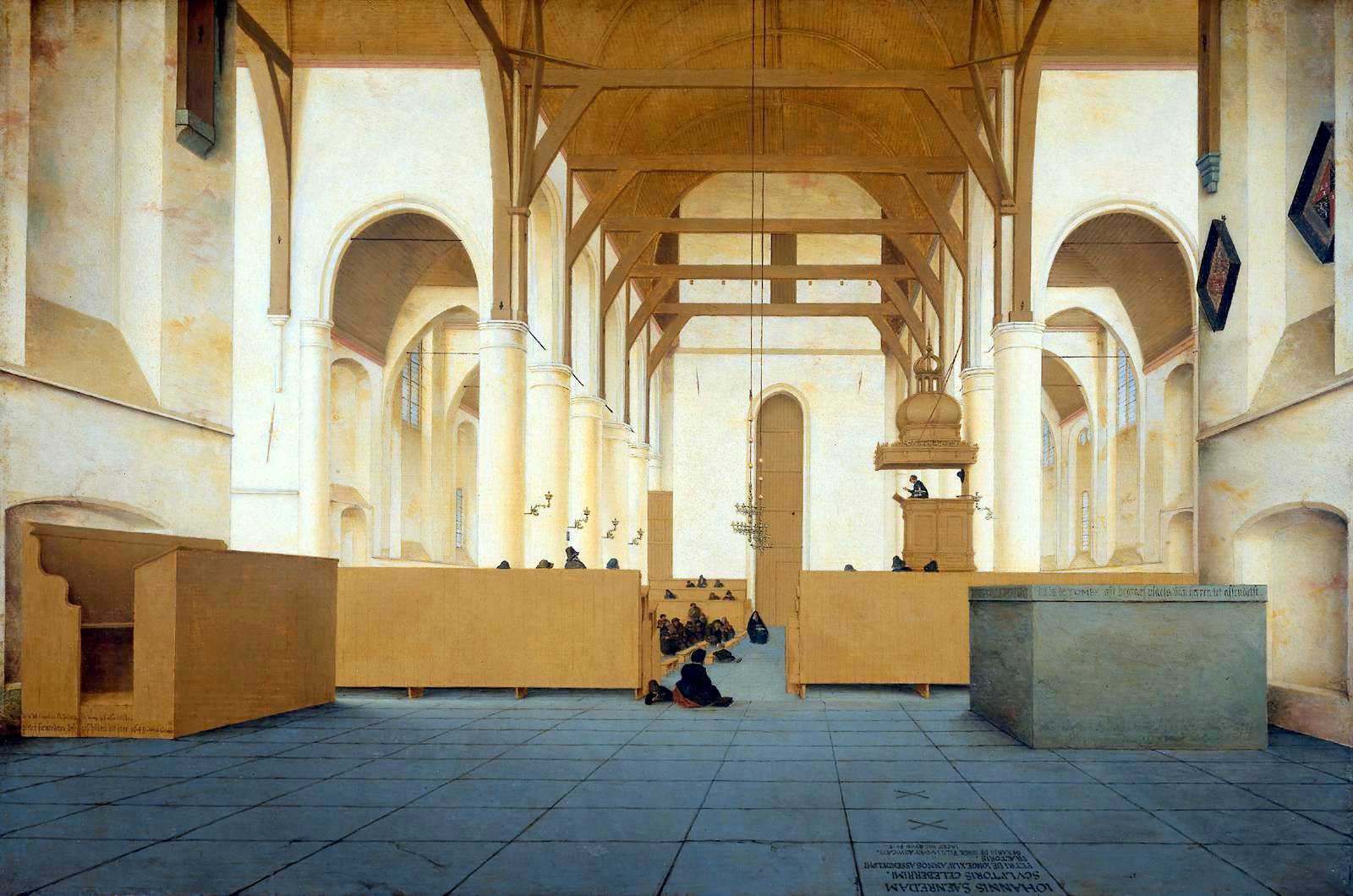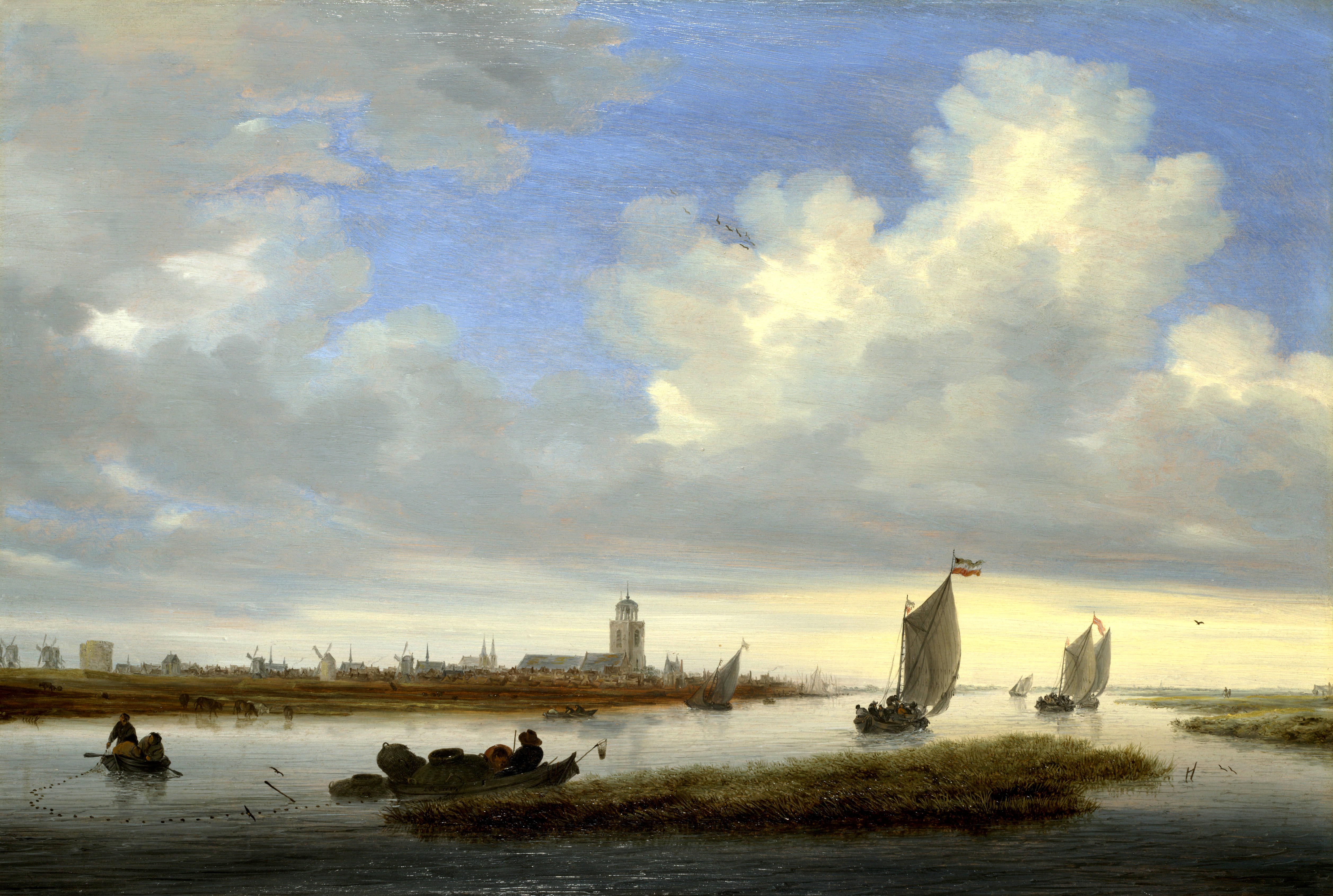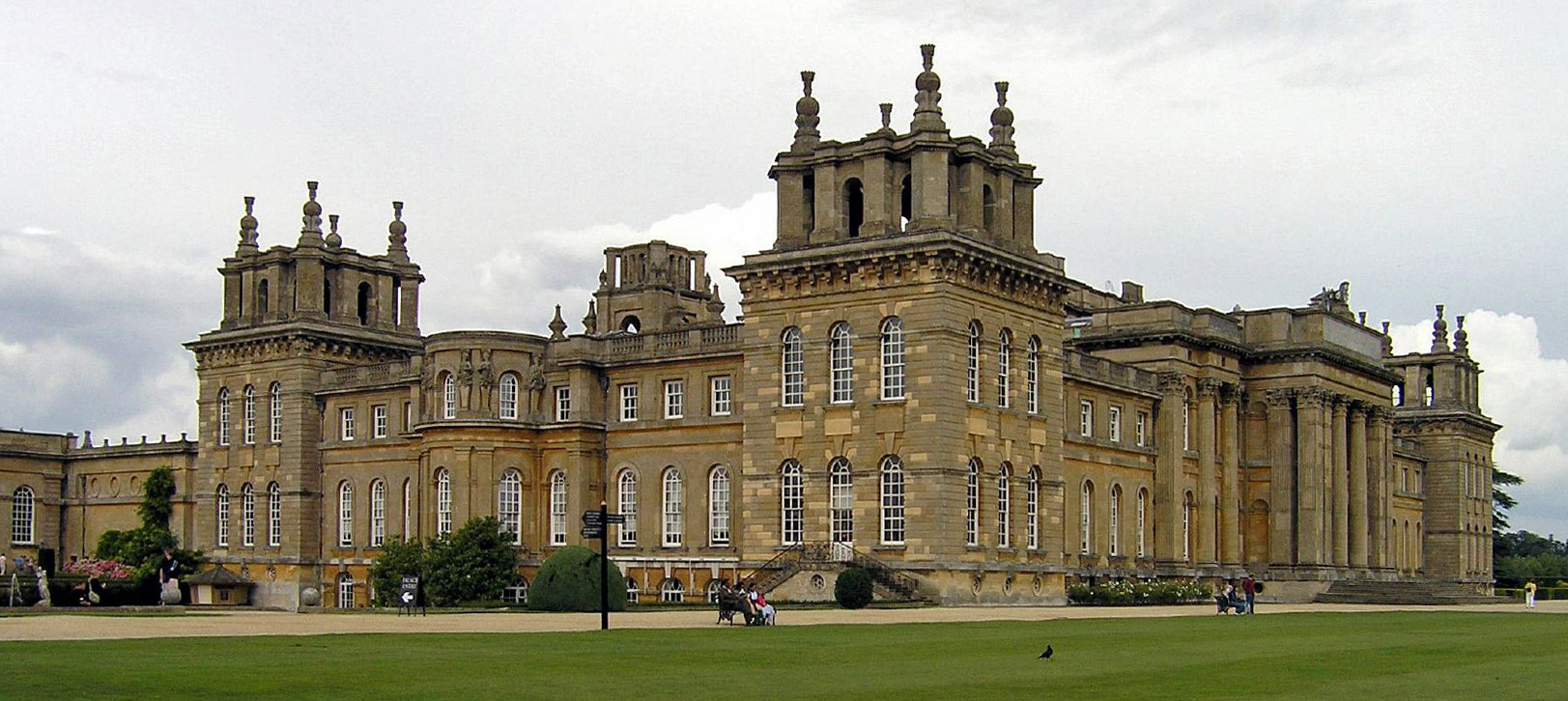It must be kept in mind that the 17th century gave more to European history than the Italian baroque. The North had a Baroque period of its own. When talking about the North, we are referring to such currently defined geographical areas as Denmark, Estonia, Latvia, Norway, Finland, and Sweden, but in this time period, primarily the low country of the Netherlands. And on opposing sides of the 17th century Christian geographical world is the evocative extravagances of Baroque Italy and the stark piety of Baroque Northern Europe. In the 17th century, the Netherlands went through a particular proliferation that is referred to as a Golden Age. Also of importance, the reform movement led by Martin Luther in the previous century, Protestant Reformation, gave way to Calvinism, the dominate religion of the Netherlands. [A note for clarity: Dutch is a term that refers to something from or related to the Netherlands.] Because of a ban on overtly religious art in the Dutch Reformed Church (a Calvinist church) the Dutch embraced new subject matter which include landscapes, still lifes, moralized domestic and secular scenes and portraiture. [Note: The Dutch were a very tolerant people, however, and they did alow artists (often Catholics) to create religious artwork. But we will be focusing on the art which best reflects the dominant cultural force: Calvinism] As previously explored, the Italians embraced an emotive exuberance in their work that aimed to invoke a new sensuality in Catholic faith. On the other hand, because aesthetics reflect lifestyle, value, and dogma (among many other things), the work of the Dutch in the 17th century was appropriately dissimilar. We will now compare and contrast a few examples of 17th century art.
Pieter Saenredam’s Interior of the Buurkerk, Utrecht, 1645
Interior of the Buurkerk, Utrecht provides an illustrative example of Calvinist aesthetics as a reflection of their disposition. Of first emphasis in the interiors of the Dutch Reformed Church is their austerity. It is in the stripping of ornament that a symbol of their piety is seen. The walls are literally whitewashed. A tiered chandelier hangs from the ceiling, but the its is otherwise devoid of ornamental elements. In comparison to the exuberance of the Italian Baroque, Interior of the Buurkerk, Utrecht appears humble, but intentionally so, as reflection of the piety of Calvinist devotion in contrast to the extravagance of the Catholic Church. In the interiors of the religious structures, the piety of the Reformation is scene in the religious imagery’s absence. The austerity is a symbol of discipline, humility, and in many ways, depravity; in this a difference in theological emphasis is found between the Reformation and Counter-Reformation. In Baroque Italy, the socio-religious climate was one of indulgence and sensuality and the evocative was emphasized by the Roman Catholic Church. To be moved emotionally by revelation or worship was the goal, as evidenced by Bernini’s Ectasy of Saint Teresa, which in permeated with sexual undertones. Emphasis on the papacy is evidenced in the scale of the Catholic structures and their exuberant ornaments and the theology was expressed through indulgence, not deprivation, as in the Reformation. In the Catholic interpretation of worshiping graven images there is an obvious difference—Roman Catholics used graven images to their advantage to advance their agenda of securing followers and proclaiming their dominance of the Counter Reformation.
Continuing on the our exploration of the breadth of Dutch art, we look into the Dutch landscape and their pious efforts in portraying it.
Continuing on the our exploration of the breadth of Dutch art, we look into the Dutch landscape and their pious efforts in portraying it.
Jacob van Ruisdael's View of Haarlem from the Dunes at Overveen
The English commonly pejoratively referred to the United Provinces as the "united bogs" as their land was reclaimed from the sea (this is why the windmills was created, to pump water out of the low lands, and its symbolism for the Netherlands was created). The Dutch saw this as analogous to God's restoration of the world after the Great Flood. In the painting lies a Gothic church, small and in the distance. It rises over the flatland where small, infinitesimal figures toil in their fields, lit by ambient, pious light, falling over them through the clouds. Remember how Carravaggio used light to symbolism divinity? Notice how de-emphasized the figures and their homes are and how much space is given to the expansive sky above them. It is almost as if they are being watched over by the heavens-- the they are children beneath the benevolence of their God. The Dutch referred to themselves as Nederkindren, the children below, looked after by God in an eternal covenant.
[Continue to notice the scale of the sky and humanity beneath it]
Vanitas and Still lifes
The Dutch were particularly interested in the portraits of object arrangements (known as still life) and were particularly prolific producing theme of still life called vanitas. The goal of vanitas was to remind the viewer of the transience of life and the ultimate judgment they thought all man would incur by their God. It is meant to almost raise your heart up with pride in world riches (which is what the Dutch very much cultivated at this time) but then jarring but subtly hint at their imminent death. Symbols for death were used for this-- commonly used for this were: rotting fruit, skulls, smoke, watches,and hourglasses.
Abraham van Beijeren's"Pronkstilleven", c. 1655
The Dutch Republic was prosperous in the 17th century. Amsterdam had the highest per capita income in Europe! The Bank of Amsterdam was founded at the beginning of the century and the city was the financial capital of the continent. The Dutch were masters of the sea, thus, their trading efforts were impressive, extending beyond Europe into North and South America, Africa, China, Japan and Southeast Asia, and the material fruits of these relationships were a source of pride. So how do you show off and exalt these riches? By painting still lives or them, of course. But this is at odds with the Christian de-emphasis on materialism and worldly goods... right?
So these vanitas paintings were almost self-flagellating-- they allowed themselves to indulge in their material fancies but vehemently reminded themselves that their enjoyment was erroneous and against their God's will.
Genre Scenes
The Dutch were particularly fond of the genre scene:
genre scenes or genre views, are pictorial representations in any of various media that represent scenes or events from everyday life, such as markets, domestic settings, interiors, parties, inn scenes, and street scenes. Such representations may be realistic, imagined, or romanticized by the artist. Some variations of the term genre works specify the medium or type of visual work, as in genre painting, genre prints, genre photographs, and so on.
Gerrit Van Honthorst's Supper Party is an excellent example of a Dutch genre scene. Un-idealized figures, sitting in a tavern, serenaded by a musician, enjoying themselves. A young woman feeds a piece of chicken to a man who holds both his wine glass and bottle of wine. But remember, the Dutch were a moral and self-aware people, so might this painting be read moralistically? Might it be about glutton, lust and indulgence? Is the woman a prostitute and the older woman by her side her procurer? Also, notice its aesthetics. Notice the light, the shadows and the drama. Reminiscent of Caravaggio? Honthorst did spend time in Italy, studying his work.
Judith Leyster's The Proposition
Leyster, like many Baroque artists, was interested in dramatic lighting effects. In The Proposition (the the image above does not do it justice), she creates a shadowy encounter between a pious Calvinist woman and a sleazy lurker. The lusty man grins over her, resting his hand on her shoulder, presenting her with a handful of coins. The woman devotes her attention to her needlepoint, ignoring his proposition. But you can see in her face that she is not calm. The scene depicts a moment of moral conflict, between the man and the woman, but between the woman and herself as well. We do not know how this scene may have ended in the 17th century, but it mirrors the conflict present in the cross-section of religion and sexuality that is still debated over today.
Special Focus: Rembrandt
Of particular importance to this time and region, an artist that cannot be skipped in discussions of the 17th century Dutch artistic landscape is Rembrandt.
- Dutch/1606-1669/painter and engraver/generally known as one of the greatest painters and print makers in Dutch history.
- Prolific self portraitist/ landscape painter, narrative history painter/ allegorical/biblical illustrator
Do you see it?
Further, wikipedia offers this: "In a letter to Huyghens, Rembrandt offered the only surviving explanation of what he sought to achieve through his art: the greatest and most natural movement, translated from de meeste en de natuurlijkste beweegelijkheid. The word "beweechgelickhijt" is also argued to mean "emotion" or "motive." Whether this refers to objectives, material or otherwise is open to interpretation; either way, Rembrandt seamlessly melded the earthly and spiritual as has no other painter in Western art."
- Stylistically, his paintings progressed from the early 'smooth' manner, characterized by fine technique in the portrayal of illusionistic form, to the late 'rough' treatment of richly variegated paint surfaces, which allowed for an illusionism of form suggested by the tactile quality of the paint itself.
Jan Pieterszoon & Johann Sebastian Bach
As follows with visual culture, the music of the Baroque period differed between regions. But, both areas sought to create a dramatic and arousing experience for the listener. The blossoming of the churches of the north and the south equaled a steady necessity for new music for services. During this time, new instruments were created, more so than in any other period. Traditional instruments were also transformed and the organ took on a new emphasis in both Catholic and Protestant services. But alongside the organ's popularity was the piano's emergence as an important instrument and the harpsichord was technically perfected. Also of note was the rising popularity of instrumental virtuosos, now competing with popular vocalists of the time.
Jan Pieterszoon Sweelinck was Amsterdam's official organist. Although during services he was required to play standard hymns at regular tempo, his virtuoustic prelude and postlude improvisations were popular.He helped draw large congregations and routinely gave public concerts. By his death in 62, he had transformed the use of the keyboard (not to be confused with the modern colloquial definition of keyboard). Heir to Sweelinck's innovations is Johan Sebastian Bach. Like Sweelinck, he was Protestant composer and conveyed his piety and devotion through his compositions. He wrote elaborate Lutheran church services which were allowed more exuberance than Calvinist services. Bach, for each Sunday service, composed what is called a canata. A canata is multimovement commentary on text of the service that was sung by a soloist and accompanied by a chorus and one or two instruments. One of the major advents found in Bach's canatas is his use of counterpoint.To secular music, Bach gave the Well-Tempered Clavier, a work that popularized equal temperament in musical tuning (this is a big deal).
Thought Food:
- Isn't it weird that we didn't study Germany when talking about the North? What was going on there?
- Were the Dutch really so unique that they must be paid special, distinct attention to? What about them yielded this distinct visual culture?
- What makes Germany so different at this time when Martin Luther (father of the first phase of the Protestant Revolution) was German himself? Couldn't one assume that something similar happened to German religious life and visual culture at this time?
- What did German Baroque art look like?
Like this:
?
Stay tuned. Answers are on the way.














No comments:
Post a Comment